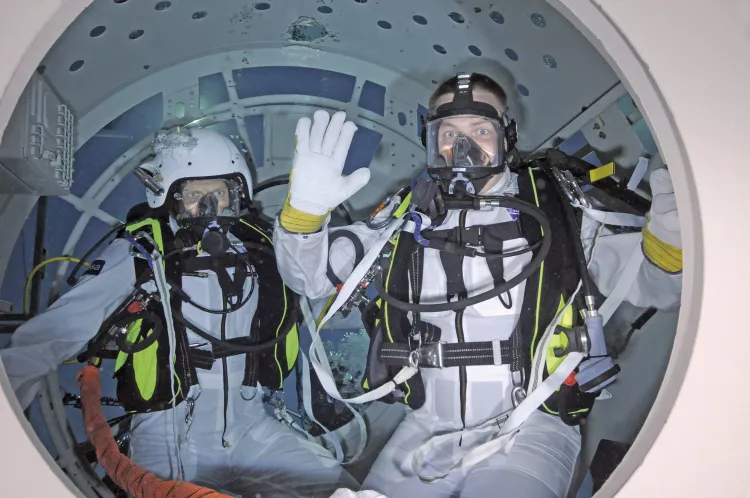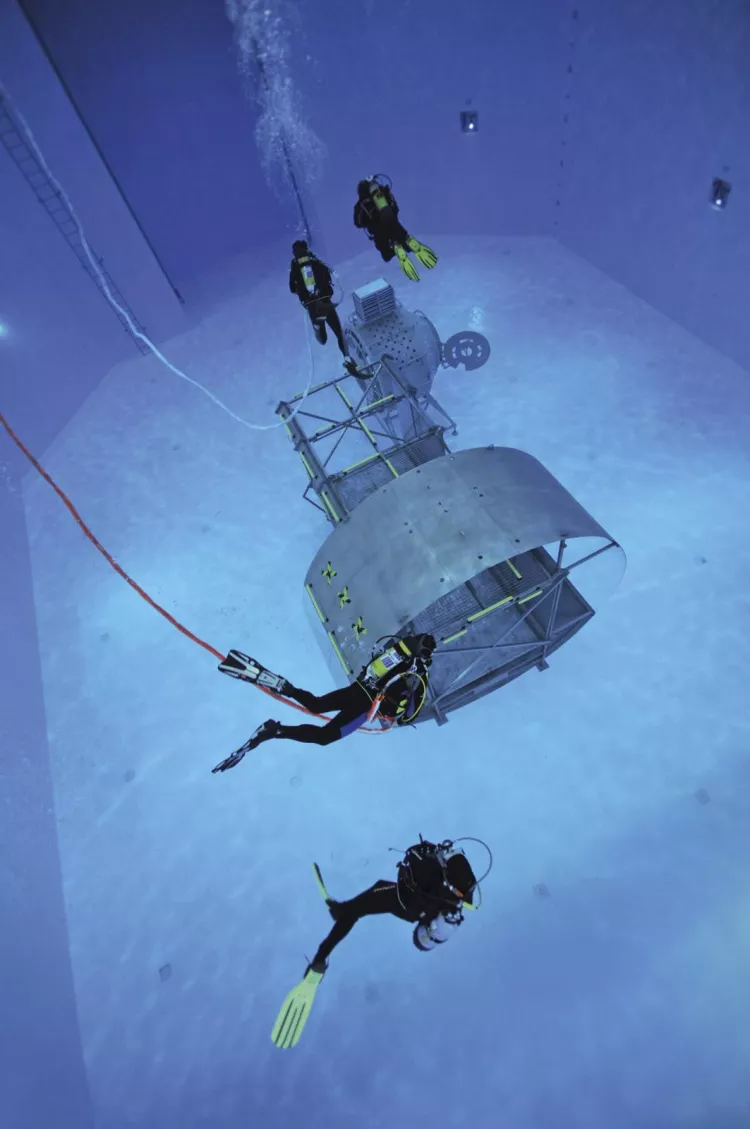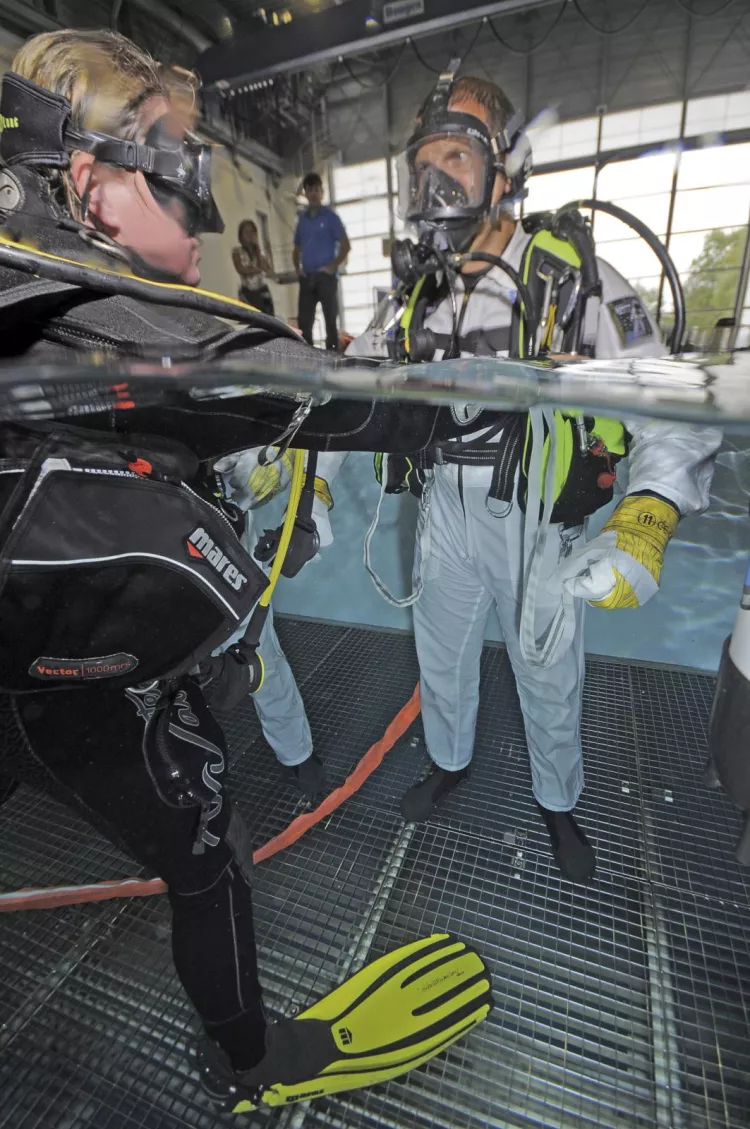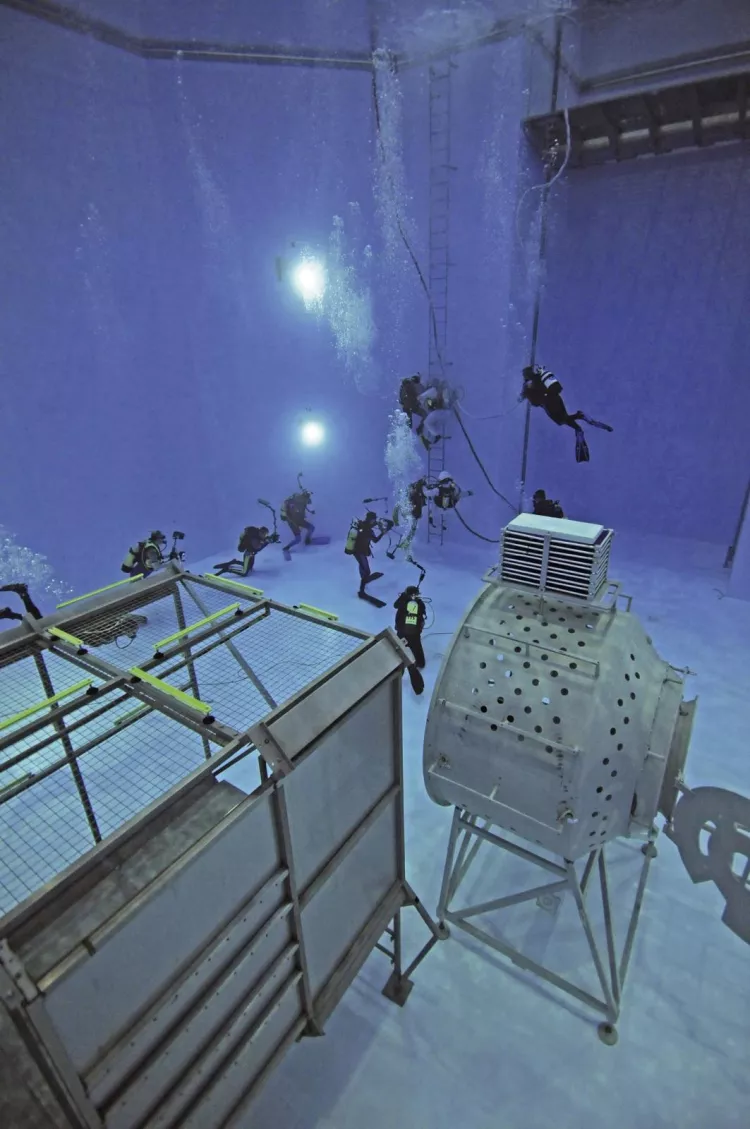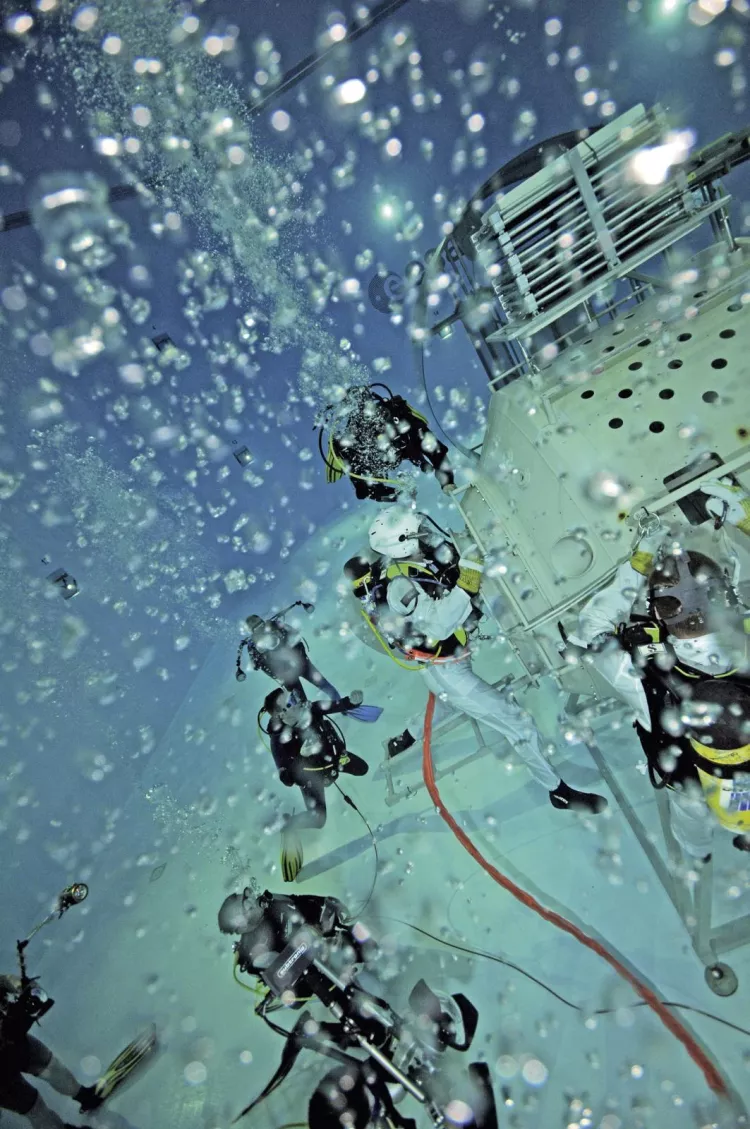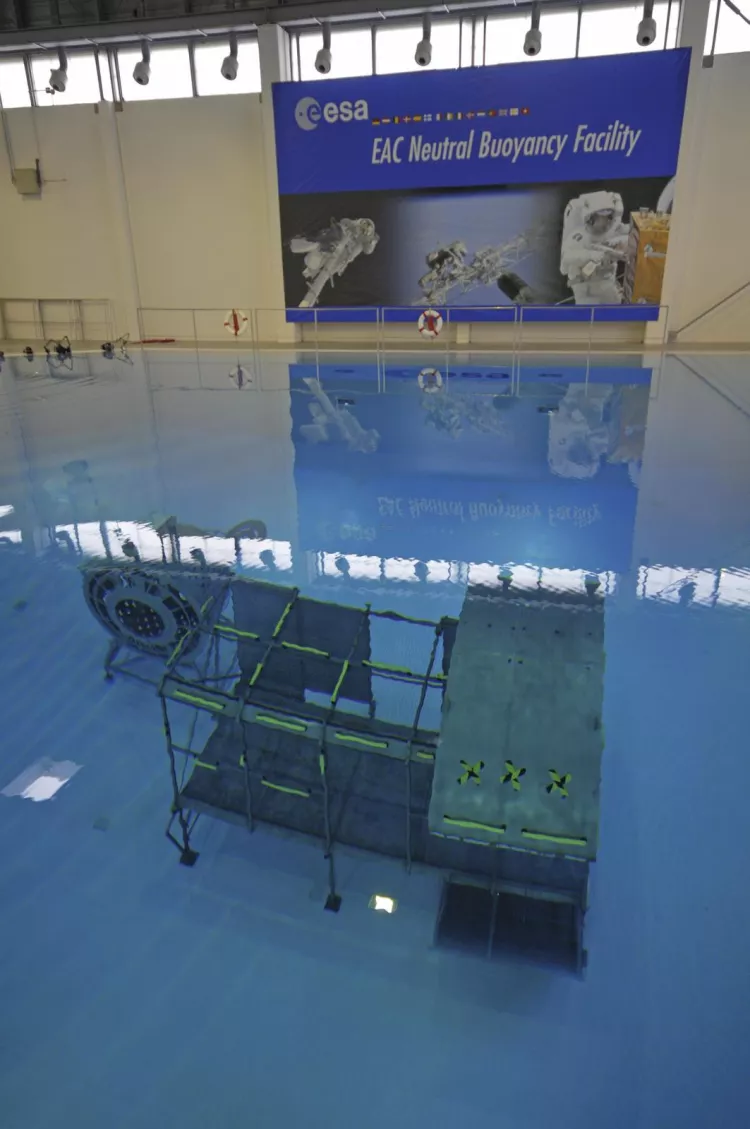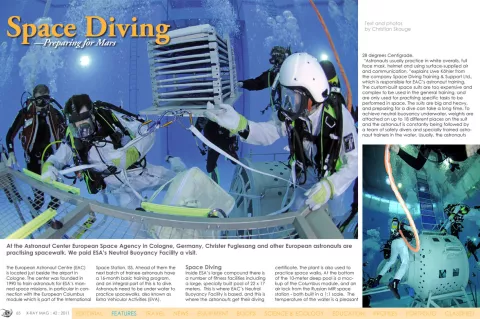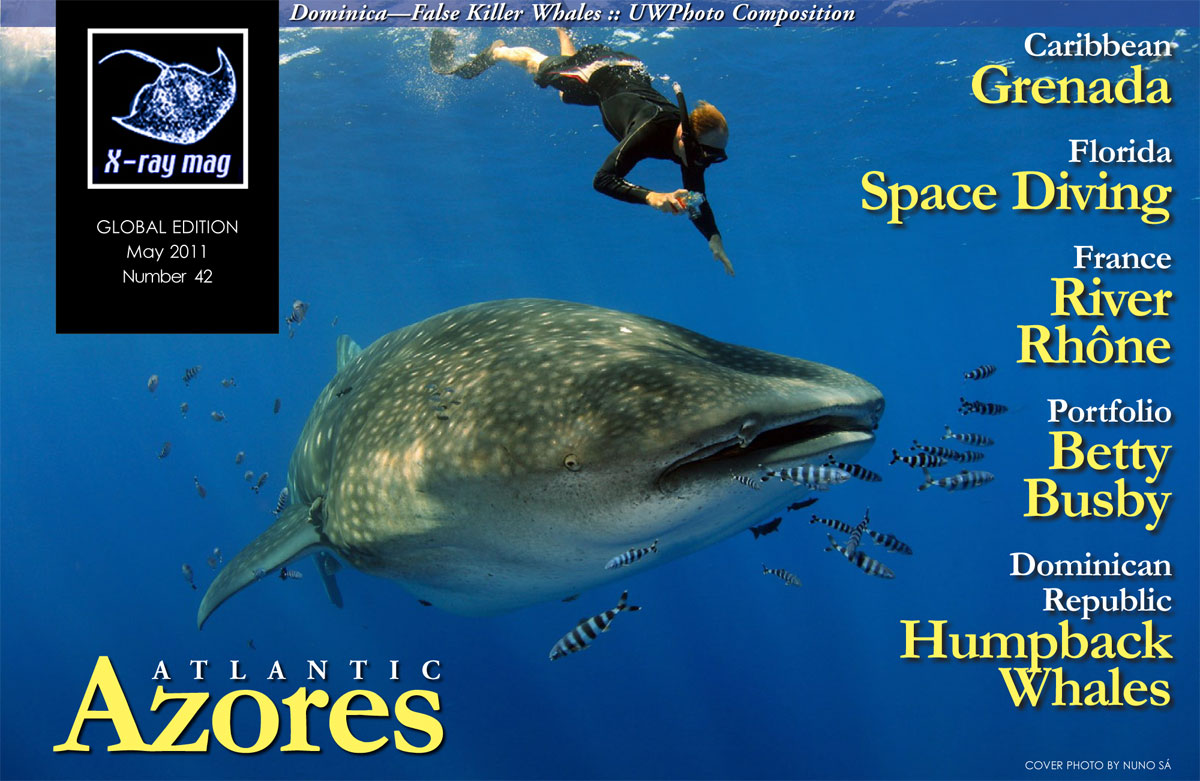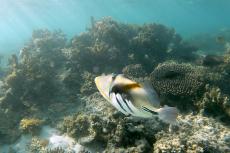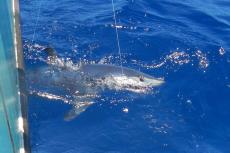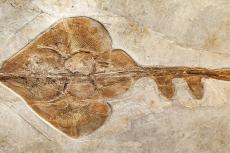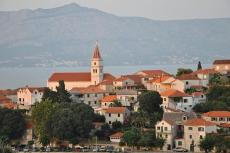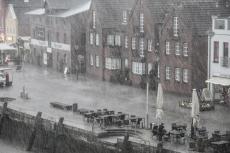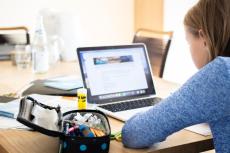At the European Astronaut Centre (EAC) where astronauts train for ESA’s manned space missions, trainee astronauts undergo a 16-month basic training program, and an integral part of this is to dive. Astronauts need to be underwater to practice spacewalks, also known as Extra-Vehicular Activities (EVA). Diver and underwater photographer, Christian Skauge, paid ESA’s Neutral Buoyancy Facility a visit.
Contributed by
The European Astronaut Centre (EAC) is located just beside the airport in Cologne. The center was founded in 1990 to train astronauts for ESA’s manned space missions, in particular in connection with the European Columbus module, which is part of the International Space Station (ISS).
Space Diving
Inside ESA’s large compound, there is a number of fitness facilities including a large, specially built pool measuring 22 x 17 meters. This is where EAC’s Neutral Buoyancy Facility is based, and this is where the astronauts get their diving certificate. The plant is also used to practice space walks. At the bottom of the ten-meter-deep pool is a mock-up of the Columbus module and an airlock from the Russian MIR space station—both built in a 1:1 scale.
The temperature of the water is a pleasant 28°C (82°F). “Astronauts usually practice in white overalls, full face mask, helmet and using surface-supplied air and communication,” explained Uwe Köhler from the company Space Diving Training and Support Ltd., which is responsible for EAC’s astronaut training. The custom-built space suits are too expensive and complex to be used in general training, and are only used for practising specific tasks to be performed in space. The suits are big and heavy, and preparing for a dive can take a long time.
To achieve neutral buoyancy underwater, weights are attached on up to 18 different places on the suit, and the astronaut is constantly being followed by a team of safety divers and specially-trained astronaut trainers in the water. Usually, the astronauts practice basic skills such as moving around in a three-dimensional and weightless environment, the use of safety lines and communication with the control room and other astronauts.
Important training
All astronauts have to go through the training pool, which is seen as very important. On the ESA’s website, the Belgian ESA astronaut Frank de Winne writes: “Learning the controls underwater is an essential part of the basic training needed to conduct a spacewalk. Everyone going through this programme needs to get a diving certificate because the conditions under which you work in space are similar to those found underwater.”
Also for regular divers
Some fellow divers and I were at ESA’s Neutral Buoyancy Facility for a photo workshop held by the German nature and underwater photographer, Eckhart Krumpholz. There were, unfortunately, no genuine astronauts present—one of them was actually up in space—but time in the pool is offered on weekends to regular divers, who can come and enjoy the pool and workout facilities at close range.
Every day, a group of ten to 12 dive tourists from various locations in Germany and Switzerland were given a tour of the facility with the option of playing astronauts in the pool, giving us good opportunities to shoot some footage. A day at the Neutral Buoyancy Facility costs 399 Euro and lasts for nine hours, and, despite the rather stiff price tag, space diving is very popular. Many dive clubs organize annual trips to this place, as it provides an interesting and fun diversion from diving in lakes, especially for those who have a long way to the ocean.
Fuglesang in space
Christer Fuglesang of Sweden is one of the astronauts who has been trained at the Neutral Buoyancy Facility EACs. When we visited the center in September, Fuglesang was in space, where he performed a repair on the space station. Parts of the training and preparations for the repairs had been done in the pool we dived in, putting an extra edge to the diving. “Fuglesang is one of several astronauts we’ve had in the pool with us,” explained Sabine Klassen. She is a PADI instructor and part of the team that is responsible for training the astronauts. On weekends, she often works with curious onlookers to guide divers around the facility, providing the necessary introduction to scuba dive with overalls and surface-supplied air. Often, she goes into the pool to make sure everything is okay.
Spacewalk underwater
The apprehension was tangible as the first two divers entered the pool. They kitted up on a special submersible platform in the end of the pool, checked their kit and rehearsed the tasks ahead. The dive was not to swim to enjoy the scenery—all divers are given a specific task to solve underwater, just like the astronauts. The assignment may be to deploy and retrieve a bag of tools, folding out a solar panel that will not open up or move around different types of equipment at the Columbus module mock-up, which is placed on the bottom of the pool.
In order to make it as realistic as possible, divers did not wear flippers and had to move around in the pool and on the mock-up by using their hands. At all times, they need to remember to clip on the security line that they had attached to their vests, and they had to always hold on with at least one hand. The astronaut who forgets to do either one of these things risks drifting off helplessly into outer space.
The divers tested communications in full-face masks, breathing and making sure the air cylinders on their backs were open and ready for action, just in case anything should happen to the air supply from the surface. Then, they gently descended along the ten-meter-high ladder at the edge of the pool leading down towards the bottom. Once there, they were escorted to the Columbus module by the safety divers and the mission could begin.
The solar panel is defective
The first two divers in the water were probably given the most exciting mission this weekend; they had to “fix” a solar panel that had not deployed. To achieve this, they first had to retrieve a bag of tools that were attached to the roof of the Columbus module, and then move to the top of the MIR module where the solar panel was placed.
Meanwhile, safety lines had to be clipped on, and it was a laborious journey before they were ready for action. Out of the tool bag came a suitable wrench and one of the divers unfastened the bolts that held the solar panel in place. Once the bolts were loosened, the panel unfolded like an accordion and shot towards the surface. Hence, the power supply to the module was secured.
Mission Control
When the mission was accomplished, the divers were guided back towards the ladder and strenuously climbed up to get to the surface. Up on the platform, they received well-deserved applause from both diving and non-diving friends, who had watched it all from the control room next to the pool. From here, the entire pool was monitored by a number of video cameras, images from which were displayed on a wall of monitors.
The water boils
Photographers in the workshop were diving with regular diving equipment, and so did several of the visiting divers. Even if the pool was huge, there was at times quite heavy traffic, with both astronaut trainers and spectators in the water at the same time. Everyone was scrambling around the “astronauts” to see what they were doing, and the amount of air bubbles was impressive.
From the surface, it looked like the water was boiling! In space, astronauts probably have considerably fewer spectators—but here, they are also on their own and must be capable of coping with tasks unassisted while managing challenging and time-consuming labor handling hardware costing billions. If something goes wrong in space, the consequences are slightly larger than in a pool at the Cologne airport.
For the underwater photographers, it was sometimes crowded, and sometimes sharp elbows were encountered in order to get the good shots. With the limited depth, good time was assured, and with several other “astronaut-pairs” entering the water, good opportunities were provided for wide-angle photography without including too many divers in the background.
Try astronaut diving!
Getting to Cologne was relatively easy and inexpensive, at least for Europeans. The nearby city of Düsseldorf, where trains depart for the Cologne Airport, is one of the major hubs in Germany and in my case, was only a one-hour flight from my residence in Norway. From here, it was only a short taxi ride to the Art Hotel in Porz district, which is just a minute’s drive from the entrance to the ESA complex. If you fancy a different kind of diving, space diving is highly recommended! ■

